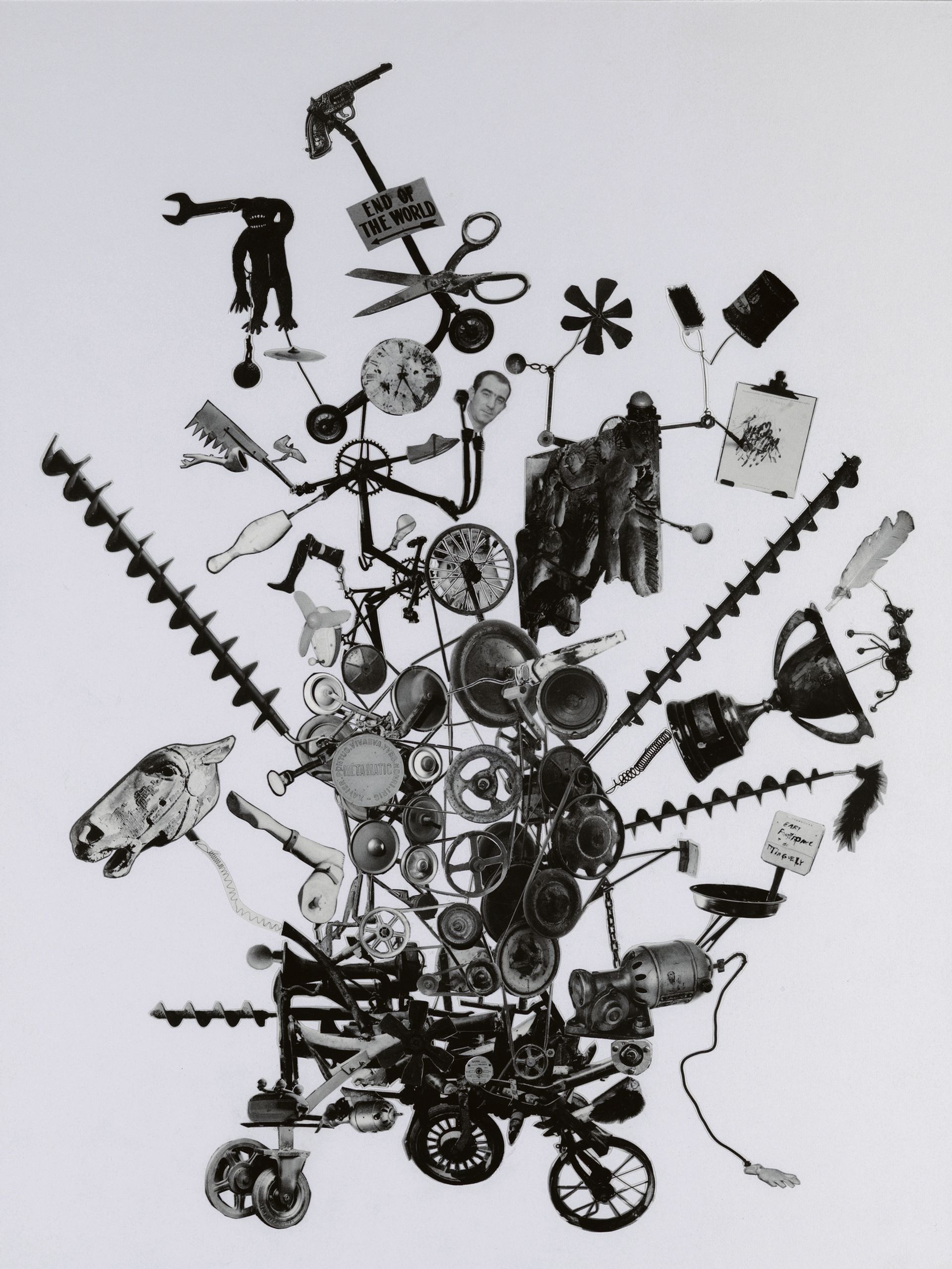Reference




OpenAI's Answer
Michael Landy, a British artist known for his unique and provocative work, employed several distinctive practices during his production processes. Here are some notable ones:
-
Destruction as Art:
- Landy's most famous project, "Break Down" (2001), involved destroying all 7,226 of his possessions over two weeks. This was done systematically at an elaborate recycling facility repurposed for this grand performance (source: BBC). The project served as a critique of consumer culture and materialism.
-
Use of Found Materials:
- Due to limited studio space, Landy often created sketches on empty packaging and scrap paper, transforming them into large-scale, carefully executed works. This practice reflects his use of readily available materials to create art (source: Research Point).
-
Interactive Installations:
- In the installation "Semi-Detached" (2004), Landy reconstructed his father's house, including all details and wear, to comment on personal history and memory (source: tandfonline).
-
Performance and Sculpture Combo:
- Much of Landy's work bridges sculpture and performance art. For instance, his "Saints Alive" series involved kinetic sculptures that visitors, interacting through pedals, could set into motion, blending traditional sculpture with interactive performance elements (source: West 86th).
-
Commentary on Consumerism:
- Through his various projects, Landy critiques the prevalent consumer culture. His works often involve the deconstruction of consumer goods and everyday objects to emphasize the transient nature and underlying emptiness of material possessions (source: The Guardian).
-
Documentation and Detailed Work:
- Landy meticulously documents his work. For example, "Break Down" was not just a destructive act but an archived, itemized, and publicized process, turning the act of destruction into a detailed form of creation (source: New York Times).
These practices highlight Michael Landy’s innovative and often radical approach to art production, utilizing destruction, found materials, and interactive installations to convey his critical messages about society and consumerism.
Follow Up
Related
How does NTUC promote employment and employability in Singapore?
safety measures for using hand tools and maintenance of hand tools
What were the key issues in the case of Employment Division v. Smith (1990)?
What educational approach and methods are employed at AIPCS for student success?
How many people does the Nassau County Sheriff's Department currently employ?